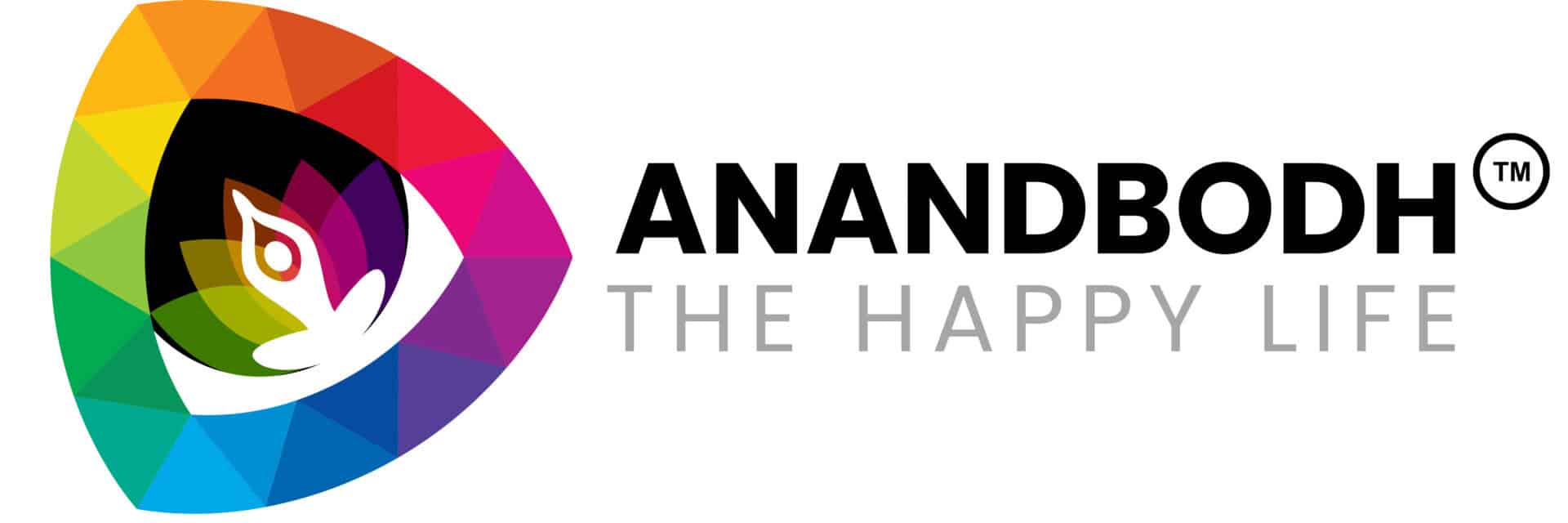
vincent
सतर्क (Aware) MemberForum Replies Created
vincent
MemberMarch 6, 2025 at 5:29 pm in reply to: Have you ever experienced a moment of complete resonance with your surroundings?Resonance is more than just a feeling—it is a state of being where the self dissolves into the rhythm of existence. There are moments when everything aligns—your breath, your thoughts, your surroundings—and in that stillness, you don’t just observe life, you become it.
I have felt this in nature, standing by the ocean where the waves seemed to breathe in sync with me, or in the mountains where the silence carried a deeper presence. Science may call it coherence, Ayurveda may call it balance, but at its core, it is the state where you and the universe vibrate as one.
As the Rig Veda beautifully states:
‘Ekam sat vipra bahudha vadanti’ – Truth is one, though the wise call it by many names.
True resonance isn’t just external harmony; it is when the inner and outer worlds merge, when the mind stops resisting and starts flowing.
This is an excellent question that bridges ancient wisdom with modern neuroscience. While the terms Dhyan and Meditation are often used interchangeably, their essence holds a deeper distinction.
🔬 The Neuroscientific Lens
From a cognitive and psychological standpoint, meditation is broadly defined as a set of practices designed to enhance awareness, attention, and relaxation. Many forms of meditation—mindfulness, focused attention, loving-kindness—train the brain for resilience, emotional regulation, and cognitive clarity.🧘 The Eastern Perspective: Dhyan as a State, Not a Practice
The word Dhyan comes from Sanskrit, meaning “profound contemplation” or “absorption”. Unlike structured meditation techniques, Dhyan is not an activity—it is a state of being. It is effortless presence, a stage where the mind is no longer ‘doing’ meditation but has merged into pure awareness.📌 The Evolution from Meditation to Dhyan:
1️⃣ Concentration (Dharana) – Training the mind through focus
2️⃣ Meditation (Dhyana) – Sustained awareness, observing thoughts without attachment
3️⃣ Absorption (Samadhi) – Complete dissolution of the self into awarenessIn leadership and emotional intelligence training, we see a parallel:
✅ Meditation helps develop focus and self-awareness
✅ Dhyan emerges when the mind stops processing and simply ‘is’💡 So, is Dhyan the same as Meditation?
No, but meditation can lead to Dhyan. Meditation is the practice; Dhyan is the result—the moment when effort dissolves, and awareness alone remains.

